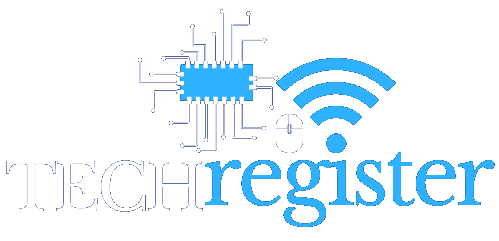Salesforce has introduced support for two key Apple solutions in a move that highlights the future of Apple’s augmented reality (AR) headset, the Vision Pro, in the enterprise.
What is Salesforce offering?
Available now, Salesforce has integrated Apple Business Messaging in Service Cloud so Salesforce customers can offer AI-assisted support, appointments, and purchasing. Salesforce also announced the introduction of ARKit in the Salesforce Field Service mobile app starting next summer.
That means companies will be able to deploy AR capabilities to field service technicians, which should help them solve problems more efficiently. A Salesforce Field Services iOS widget will also debut in 2024.
The ever-growing Apple in the enterprise story
This is merely the latest fruit to emerge since Apple and Salesforce announced their strategic partnership at Dreamforce in 2018. Apple CEO Tim Cook made a surprise appearance at the same conference one year later.
Among other things, the partnership has translated into iOS apps using Salesforce’s Mobile SDK and app development training for Salesforce pros. This matters because around 80% of Fortune 500 companies use Salesforce.
About the latest Apple news, Ryan Nichols, Salesforce’s chief product officer of service cloud, said: “These features are helping companies implement cutting-edge technology and augmented reality in a practical way, improving every interaction a company has with its customers.”
Of course, the decision to support Apple’s solutions within these products reflects business reality. Just as Apple is now in the enterprise, it is also proliferating in the wider world. People use Macs, iPhones, and iPads — and will eventually use the soon-to-ship Vision Pro devices. Those people are customers to many businesses, who will want to interact with customers — and employees — on those platforms.
Wake up to a multi-platform planet
You only need to look at the data to see how today’s customers are becoming increasingly less dependent on Windows or notice the increasing degree of cross-platform support provided by Microsoft across its enterprise and productivity products.
Apple’s solutions are making inroads into the Window hegemony, in part because they are significantly cheaper to run. Ten years ago, Windows held 85.6% of the US desktop market share, comapred to 12.86% for the Mac. Not any more.
The reality today is that more than half the US population uses an iPhone and there are more than two billion Apple devices in use worldwide. Messaging is also critical. It has become the preferred route to customer services among consumers aged 18-34-years.
To put this in a nutshell, Apple support has become mandatory both within the enterprise — employees prefer it — and across customer-facing products.
An enterprise vision for Vision Pro?
But it’s the stalking horse of AR that may generate the most speculation, particularly as Vision Pro stalks into view across the dawn of 2024.
In this case, the Salesforce Field Service Mobile App will give field service teams AR capabilities. That will let them do things such as building detailed 3D renderings of large areas, measuring spaces and objects using image capture.
One applied example of this offered by Salesforce is one in which a technician can “plan an installation space to ensure a new refrigerator fits through the door and can be installed without any issues, increasing the efficiency and success of installation services.”
The latter illustration is the kind of implementation already possible using an iPhone. While I expect it will take time before enterprises kit out their field services teams with pricey $3,500 Vision Pro devices, the cost will fall as teams become accustomed to using VR.
Emily Stroup, strategic implementation manager at US window and door manufacturer Pella Corporation, said: “With AR capabilities built into the Salesforce Field Service App, installers will be able to visualize and complete their work faster and safer.”
Apple will build digital twins inside your visor
Salesforce describes the AR support as “marking a technological shift in the field service industry.”
That tech shift means, for example, that it is now plausible to imagine a field service engineer gathering situational data using Apple’s headsets in real-time, sharing it with colleagues remotely, summoning relevant manuals and swiftly and accurately defining any required replacement parts — just by looking around and making use of image recognition and AI.
You can also see Apple’s devices creating and running situation-focused “digital twins” in AR so field service teams can stress test against various deployment and maintenance models. None of these implementations should surprise anyone as they become mainstream. If we can see that future, then Salesforce certainly can.
And business needs to prepare for it.
Please follow me on Mastodon, or join me in the AppleHolic’s bar & grill and Apple Discussions groups on MeWe.
Copyright © 2023 IDG Communications, Inc.









